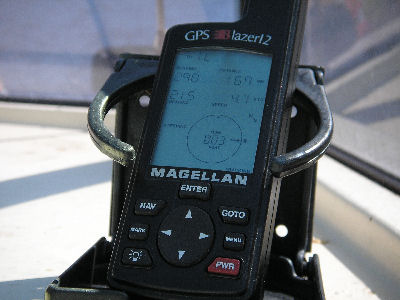4. Precision Agriculture
What is Precision Agriculture?
Precision Agriculture (or Precision Farming) is a collection of agricultural practices that focus on specific areas of the field at a particular moment in time. This is opposed to more traditional practices where the various crop treatments, such as irrigation, application of fertilisers, pesticides and herbicides were evenly applied to the entire field, ignoring any variability within the field.

Source: Agricultural Research Service, USDA
Advances in remote sensing technology and the reduced cost of sensors is now allowing for the more widespread use of such equipment in farming. With the use of these sensors it is possible to identify which particular areas of the field are in need of which treatment, and focus the application of chemicals to these particular locations alone, reducing the amount of chemicals used, and thus the cost of the application, as well as protecting the environment.
Associating data with co-ordinates
Remote sensing imagery collected from satellites, does not have any geographical information associated with the spectral data. This means that we do not actually know the exact location on the Earth that each pixel of the image represents. This information must be inserted manually through a processing method called Geometric Correction, which also corrects geometric errors within the image.
Data collected in the field are recorded by sensors which are mounted on the tractor and scan the field as the tractor moves forward, collecting data sequentially (in rows). In order to assign geographic co-ordinates to each spectral measurement, the co-ordinates of the tractor are frequently recorded through the Global Positioning System (GPS). For more information on the GPS, see this page.
GPS receivers have variable accuracies. Expensive receivers are equipped with software and algorithms that help correct the received signal and minimise the positioning error. In general the errors range from 10-20 metres for low cost receivers to up to a few centimetres for very expensive receivers. Since Precision Agriculture is dealing with individual small sized portions of the field, very high spatial accuracy is required.

